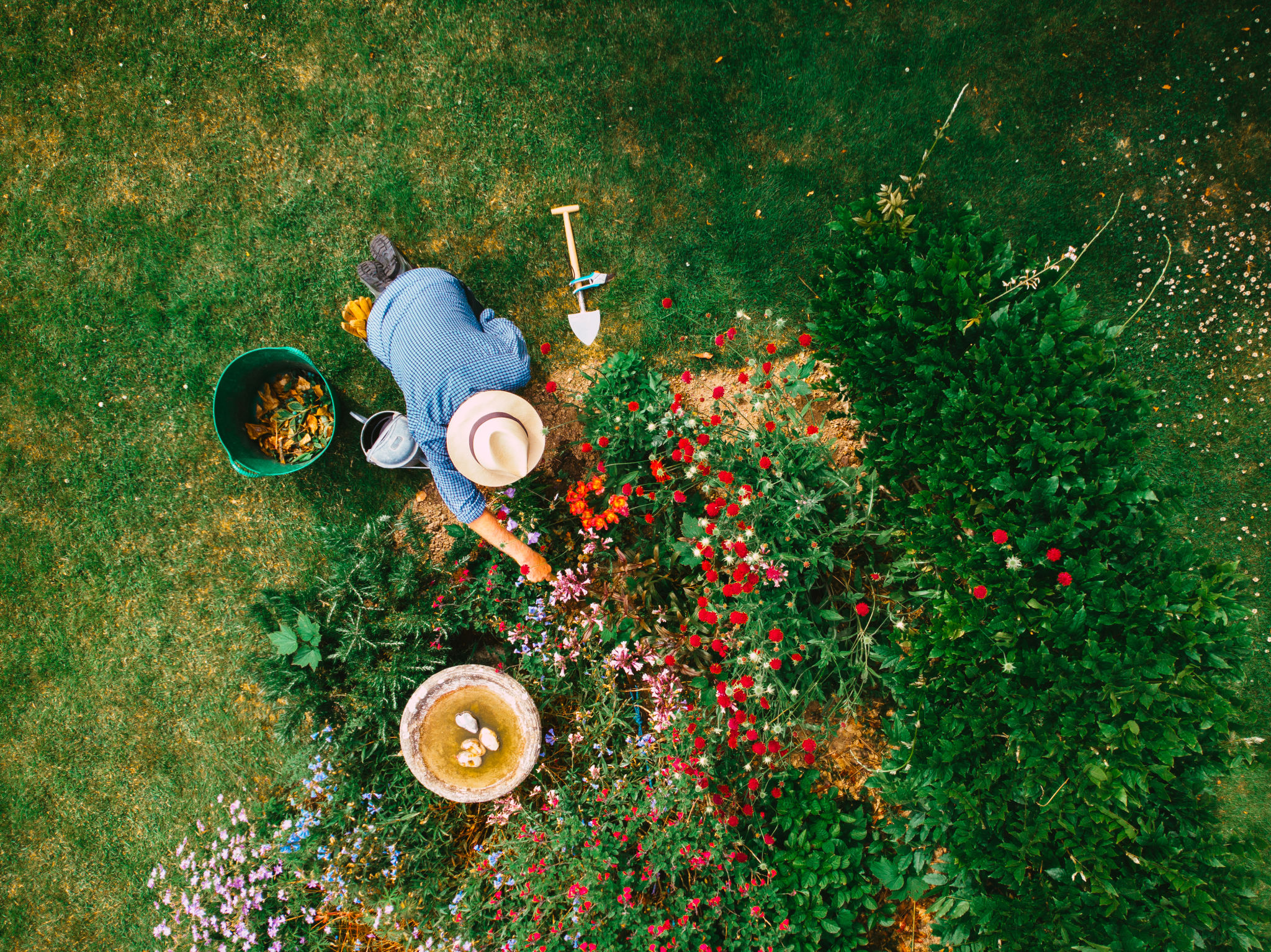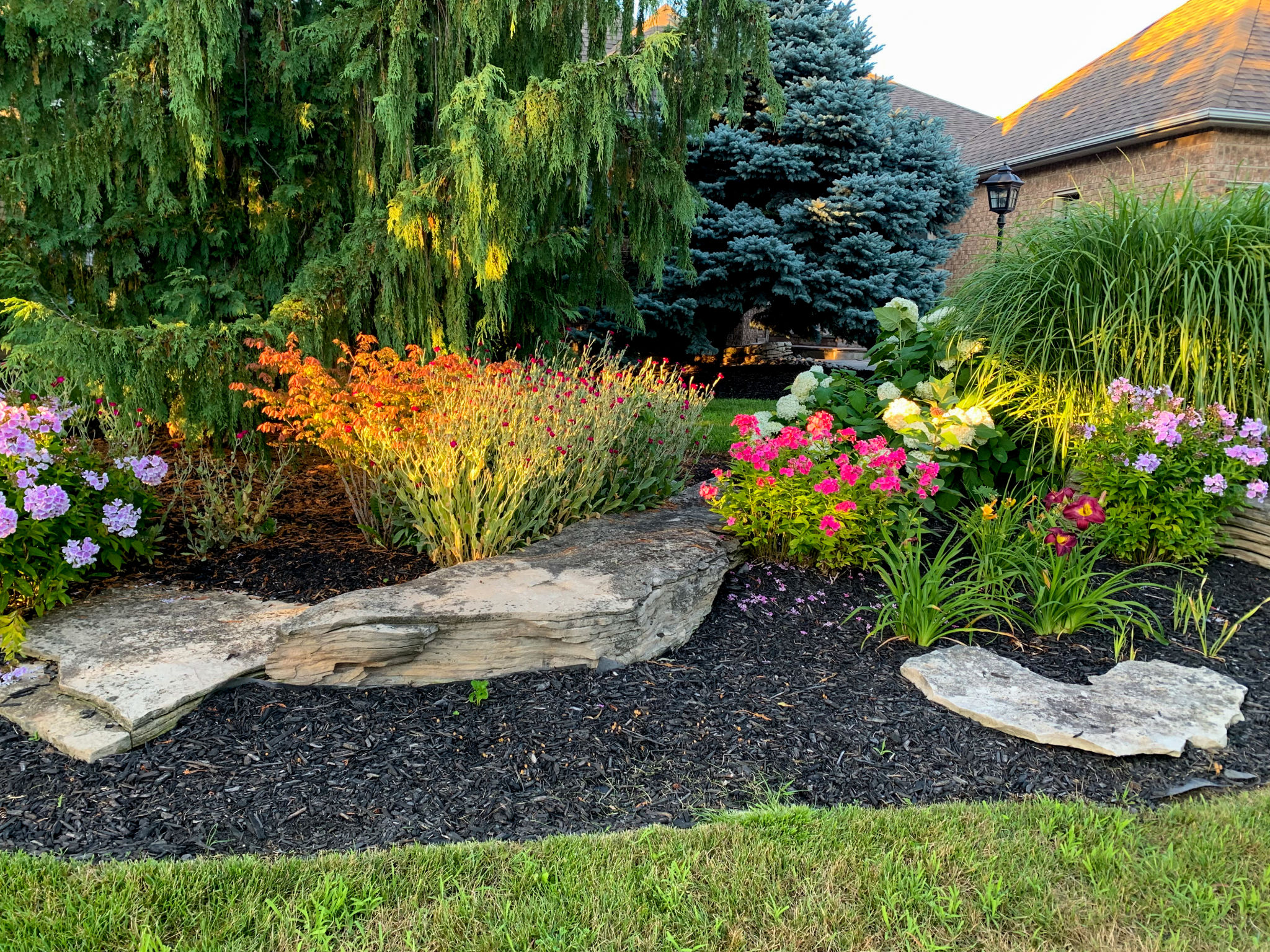The Latest Trends in Commercial Landscaping
Sustainability in Commercial Landscaping
As businesses become more environmentally conscious, the demand for sustainable landscaping practices is on the rise. This trend involves using native plants, which require less water and maintenance, and implementing eco-friendly irrigation systems. These practices not only help conserve resources but also reduce the environmental impact of commercial properties.
Another crucial aspect of sustainable landscaping is minimizing chemical use. By opting for organic fertilizers and pest control methods, businesses can maintain healthy landscapes while safeguarding the environment. This approach aligns with the broader movement towards sustainability in various industries.

Smart Technology Integration
Incorporating smart technology into commercial landscaping is becoming increasingly popular. Automated irrigation systems, for example, can monitor soil moisture levels and weather forecasts to optimize water usage. This not only conserves water but also ensures that plants receive the appropriate amount of hydration.
Moreover, smart lighting solutions can enhance the aesthetics of outdoor spaces while reducing energy consumption. By using motion sensors and LED technology, businesses can create inviting outdoor environments without excessive power use.

Biophilic Design Elements
The concept of biophilic design, which seeks to connect people with nature, is gaining traction in commercial landscaping. This trend involves integrating natural elements into urban spaces to improve mental well-being and productivity. Features such as green walls, water features, and rooftop gardens are increasingly being used to create more inviting and health-promoting environments.
By incorporating biophilic elements, businesses can enhance the overall experience for employees and visitors alike. These designs not only beautify spaces but also contribute to a more serene and enjoyable atmosphere.

Low-Maintenance Landscaping
Businesses are increasingly opting for low-maintenance landscaping solutions that reduce upkeep costs and resources. This trend includes using drought-resistant plants, ground covers, and hardscaping elements like stones and gravel. Such designs require minimal intervention while still offering aesthetic appeal.
A low-maintenance landscape not only saves money but also ensures that outdoor spaces remain attractive year-round with minimal effort from property managers.

Incorporating Edible Landscapes
An emerging trend in commercial landscaping is the incorporation of edible plants. This approach involves planting fruit trees, berry bushes, and herb gardens within commercial spaces. Not only do edible landscapes provide fresh produce, but they also offer an engaging experience for employees and visitors.
This trend aligns with the growing interest in local food production and sustainability. By utilizing available space for edible plants, businesses can contribute to food security while enhancing the visual appeal of their landscapes.
